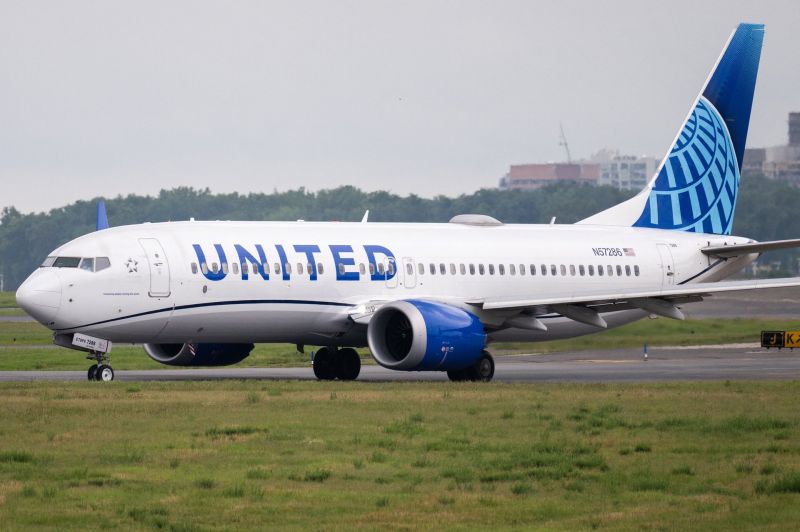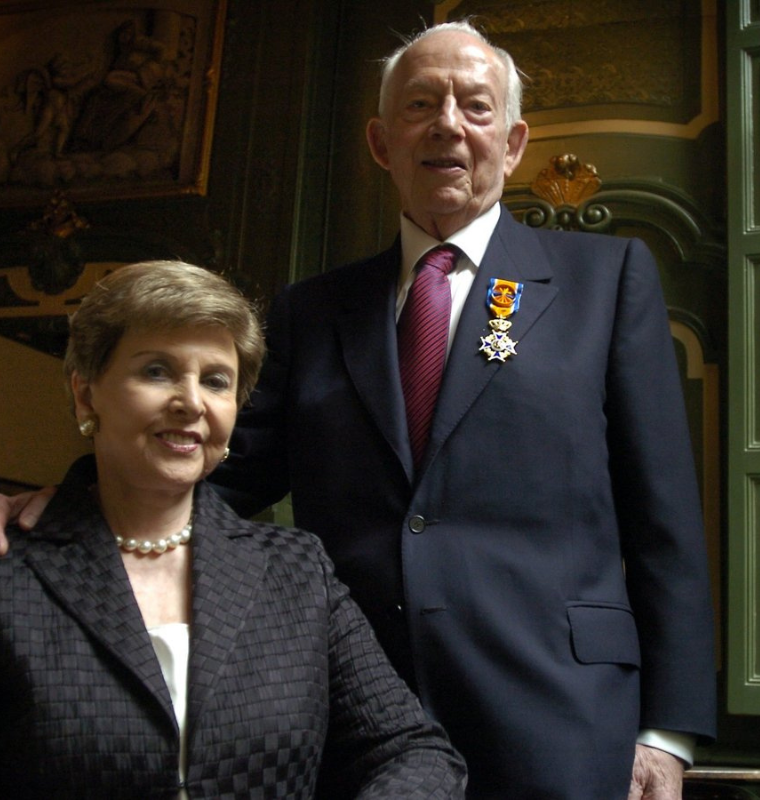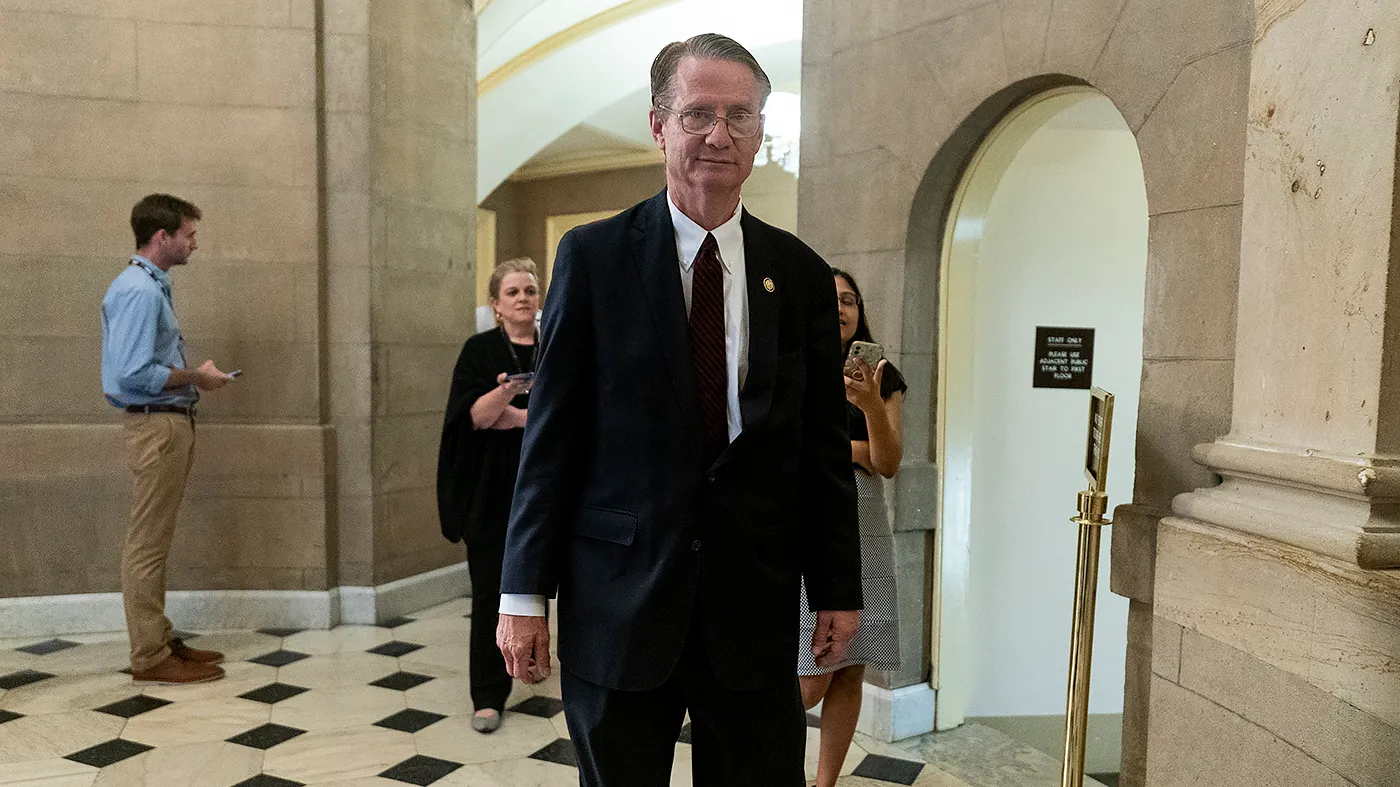United Airlines Lowers Full-Year Forecast but Sees Brighter Skies Ahead
United Airlines Lowers Full-Year Forecast but Sees Brighter Skies Ahead
By
Junia Wells
Last updated:
July 17, 2025
First Published:
July 17, 2025

Photo: LinkedIn
United Airlines Adjusts 2025 Guidance Amid Improving Global Outlook
United Airlines has revised its full-year 2025 profit forecast, signaling optimism for a stronger second half of the year despite early challenges and ongoing operational headwinds. The company now expects adjusted earnings between $9 and $11 per share, down from its earlier projection of $11.50 to $13.50.
The announcement came as United reported better-than-expected second-quarter results, even though some key metrics fell short of Wall Street’s expectations.
Q2 Results: Mixed Signals, But Momentum Building
Here’s how United performed in Q2 2025 (ending June 30), compared to consensus estimates from LSEG:
- Adjusted Earnings Per Share (EPS): $3.87 vs. $3.81 expected
- Revenue: $15.24 billion vs. $15.35 billion expected
- Net Income: $973 million, down 26% from $1.31 billion YoY
- Adjusted Net Income: $1.27 billion
- Unit Revenue: Down 4% YoY
- Domestic PRASM (Passenger Revenue per Available Seat Mile): Down 7%
- Europe PRASM: Down 2.2%
- Premium Cabin Revenue: Up 5.6%
- Basic Economy Sales: Up 1.7%
The revenue decline was largely driven by softer demand from price-sensitive U.S. travelers, which led to lower domestic fares. However, the airline found resilience in premium cabin bookings, which continue to show strong customer willingness to pay more for added comfort.
CEO Scott Kirby: “The World Is Less Uncertain”
Speaking about the economic and industry environment, United CEO Scott Kirby offered a cautiously upbeat outlook:
“The world is less uncertain today than it was during the first six months of 2025, and that gives us confidence about a strong finish to the year.”
United's optimism comes amid broader industry recalibrations. Delta Air Lines last week reinstated its own full-year forecast, albeit at a lower level than previously expected. Like Delta, United is also planning post-summer capacity reductions, a common seasonal adjustment in the airline business.
Forecasts and Strategic Planning
United’s revised full-year guidance reflects a middle ground between stability and caution. Earlier this year, the airline took the rare step of issuing two different earnings forecasts:
- Stable Economic Scenario: $11.50–$13.50 EPS
- Recessionary Scenario: $7–$9 EPS
With current expectations settling between those two, the company appears to be preparing for moderate turbulence — but not a crash.
For Q3 2025, United projects earnings between $2.25 and $2.75 per share, in line with analysts’ estimates.
Newark Bottlenecks Continue to Hurt Margins
One persistent issue weighing on United’s bottom line is its operations at Newark Liberty International Airport, a critical hub for the airline. The Federal Aviation Administration (FAA) in May reduced flight slots at Newark due to staffing shortages among air traffic controllers.
The impact is clear in United’s financials:
- Q2 Pretax Margin Hit: 1.2 percentage points
- Expected Q3 Impact: 0.9 percentage points
Operational challenges at major hubs are likely to remain a pain point — not just for United, but for the industry at large.
What’s Next for the Airline Sector?
American Airlines and Southwest Airlines are scheduled to report results next week, which will offer a broader view of U.S. aviation’s health during a year that started with economic uncertainty and volatile consumer demand.
Analysts from firms like Raymond James and Cowen have said they expect full-year earnings to stabilize across major carriers as fuel prices normalize, staffing improves, and international routes rebound.
Final Take
United Airlines is not out of the turbulence yet, but its adjusted forecast and strong Q2 execution suggest a company navigating headwinds with confidence. The carrier is counting on global stability, premium travel growth, and better infrastructure planning to propel it through the rest of 2025.
In Kirby’s words: “We're still flying high — just recalibrating the altitude.”
Popular articles
Subscribe to unlock premium content
Inside the Empire That Fueled America's Opioid Crisis

Lehman Brothers' $639 Billion Meltdown: The Day Wall Street Shattered

Trump vs BRICS: The New Cold War Over Global Power

Inside the Empire That Fueled America's Opioid Crisis

Lehman Brothers' $639 Billion Meltdown: The Day Wall Street Shattered

Inside the Empire That Fueled America's Opioid Crisis









